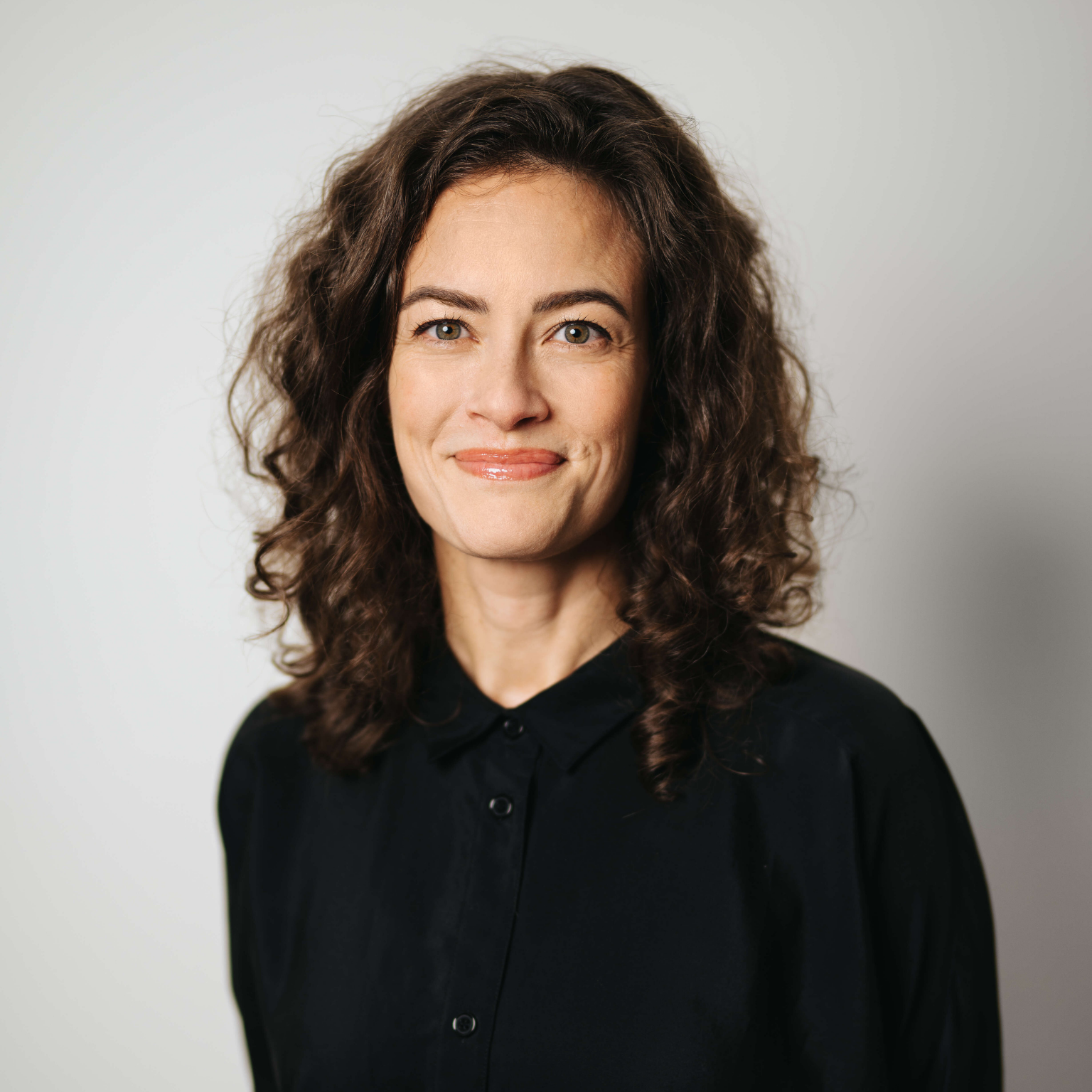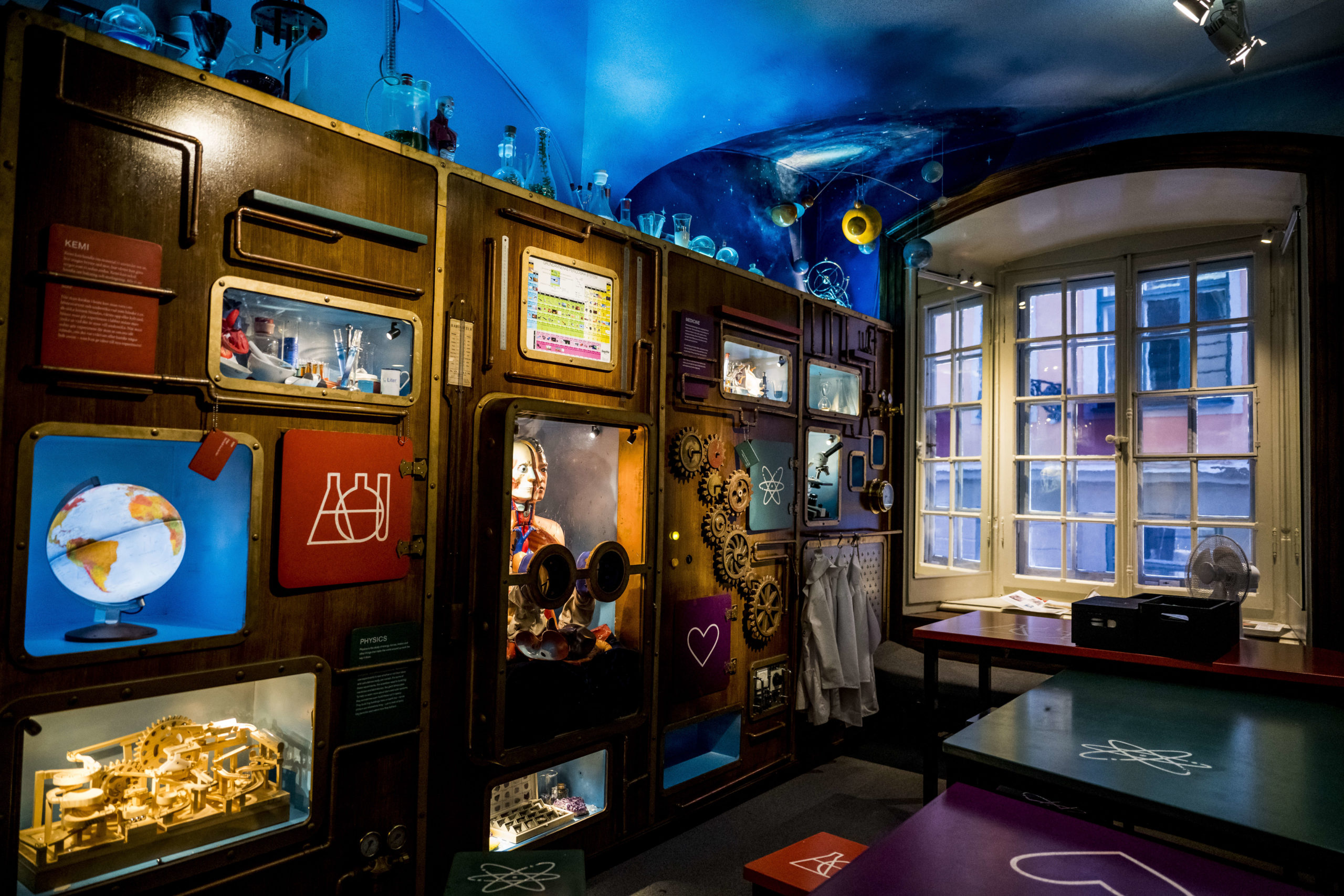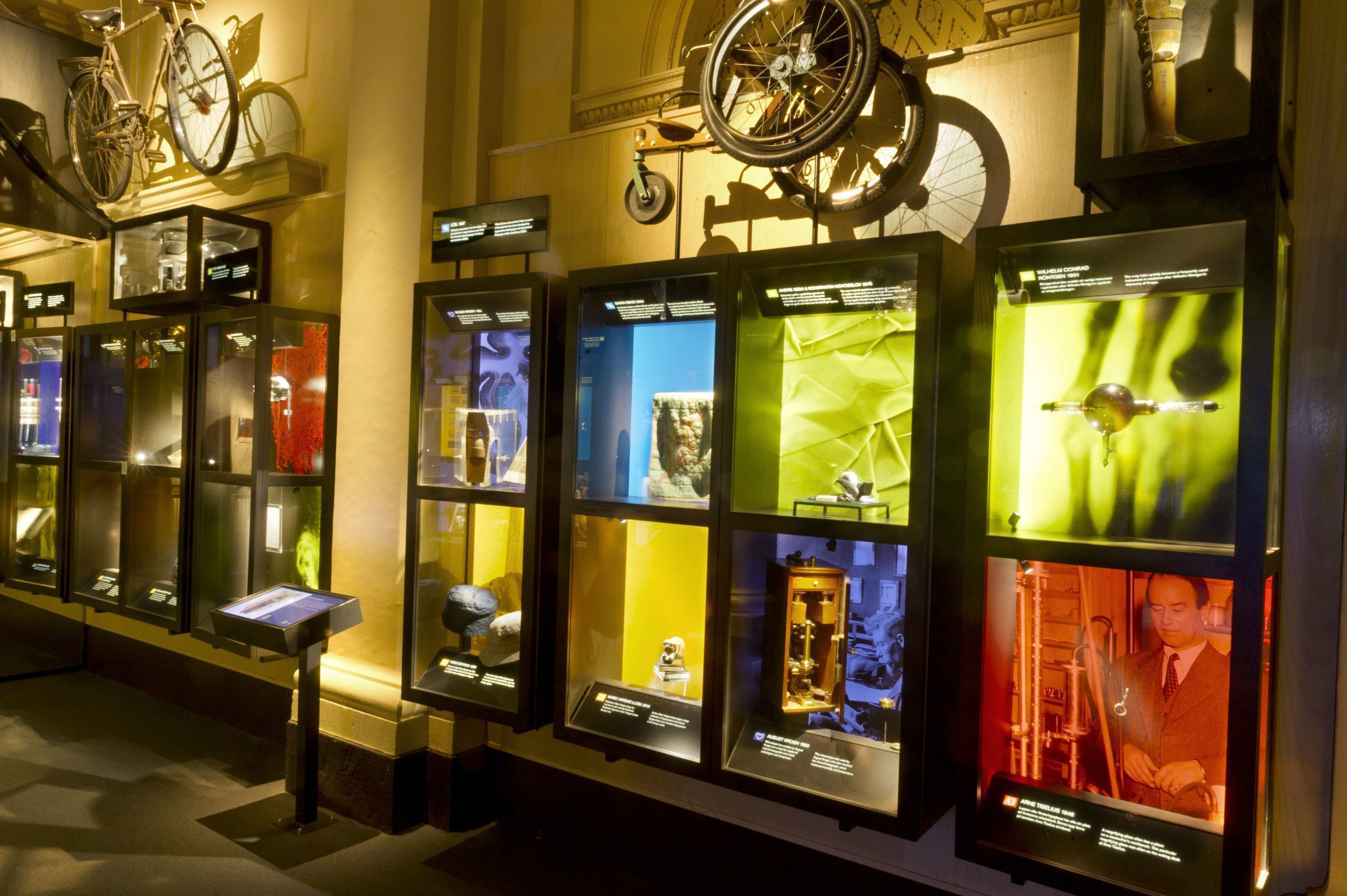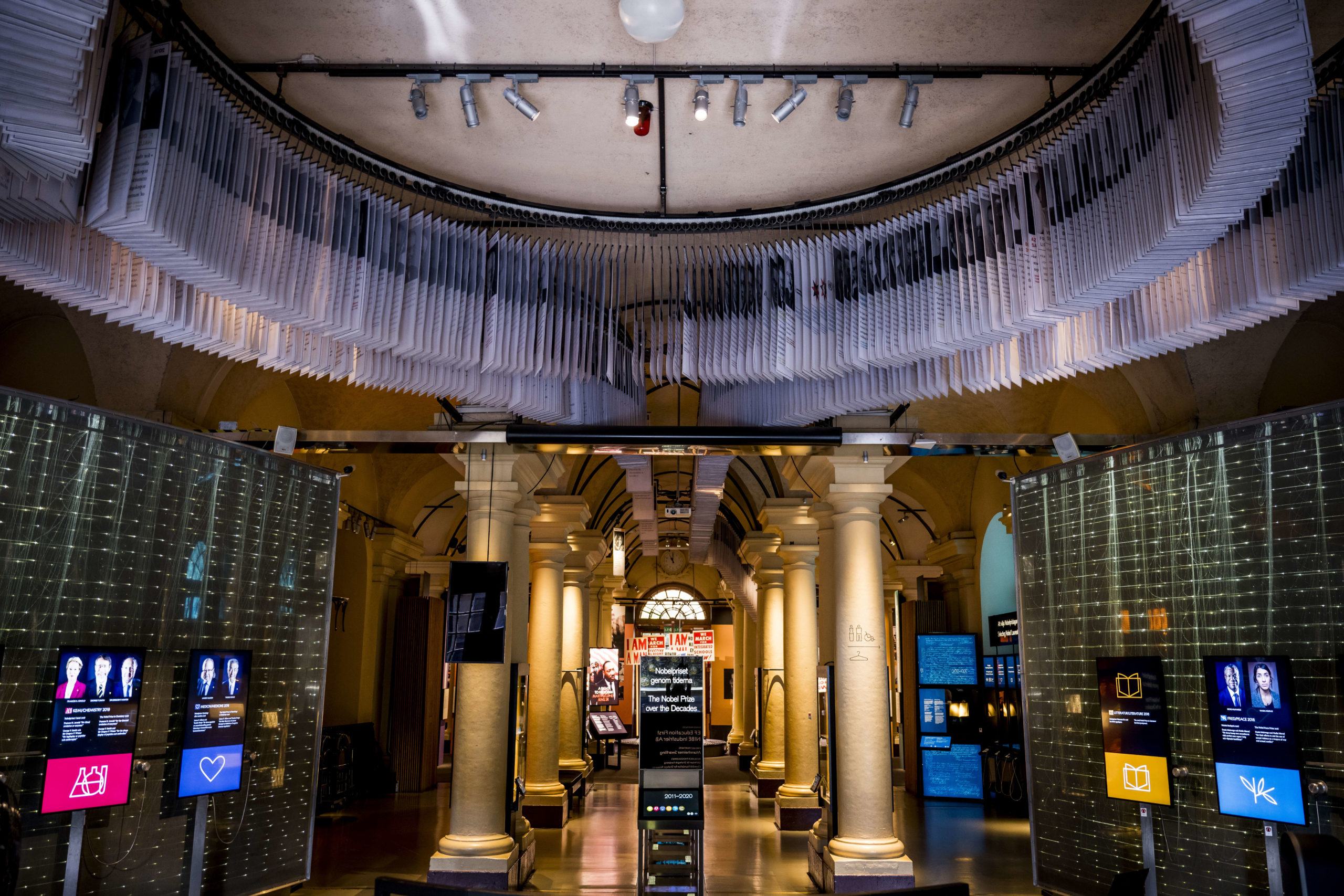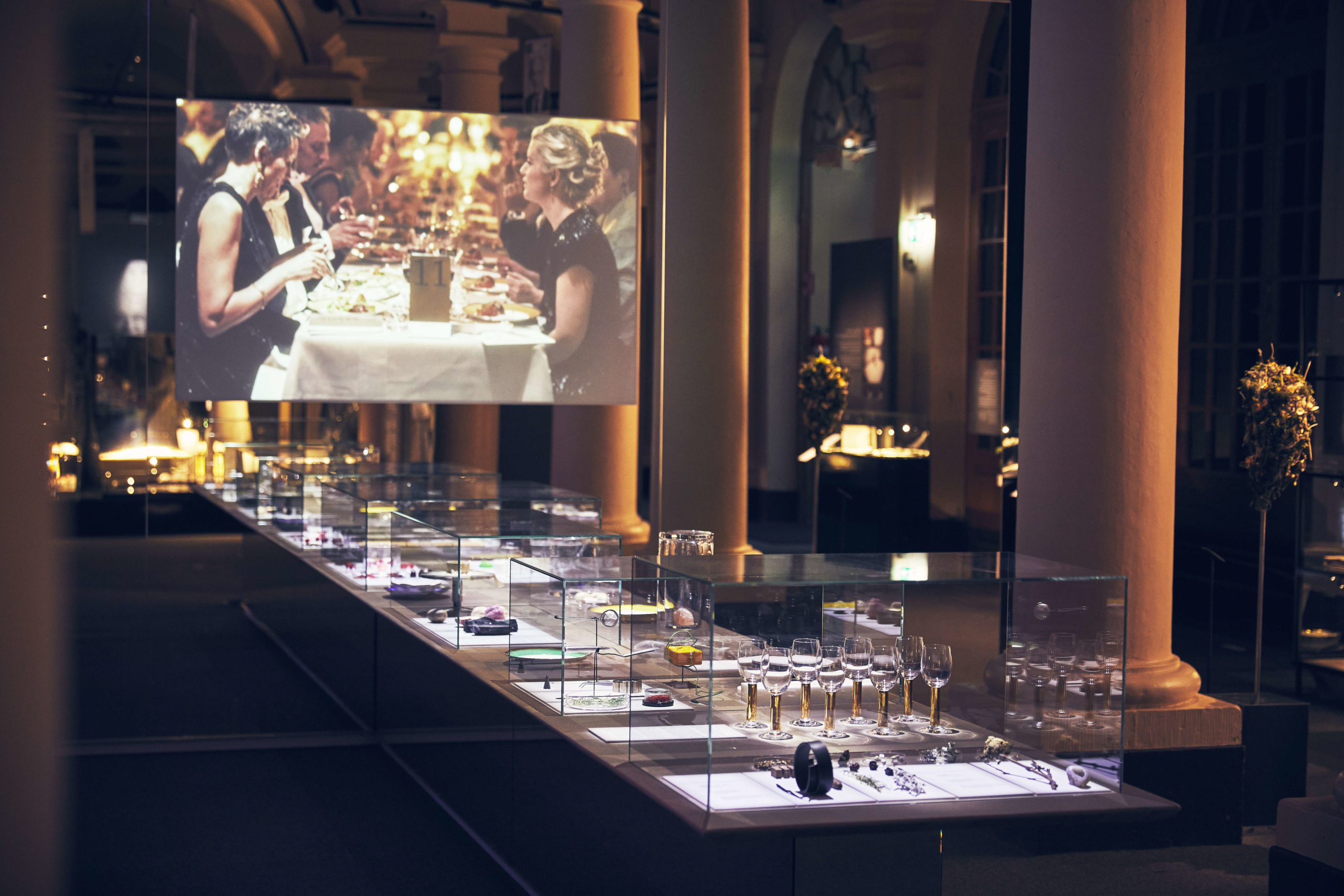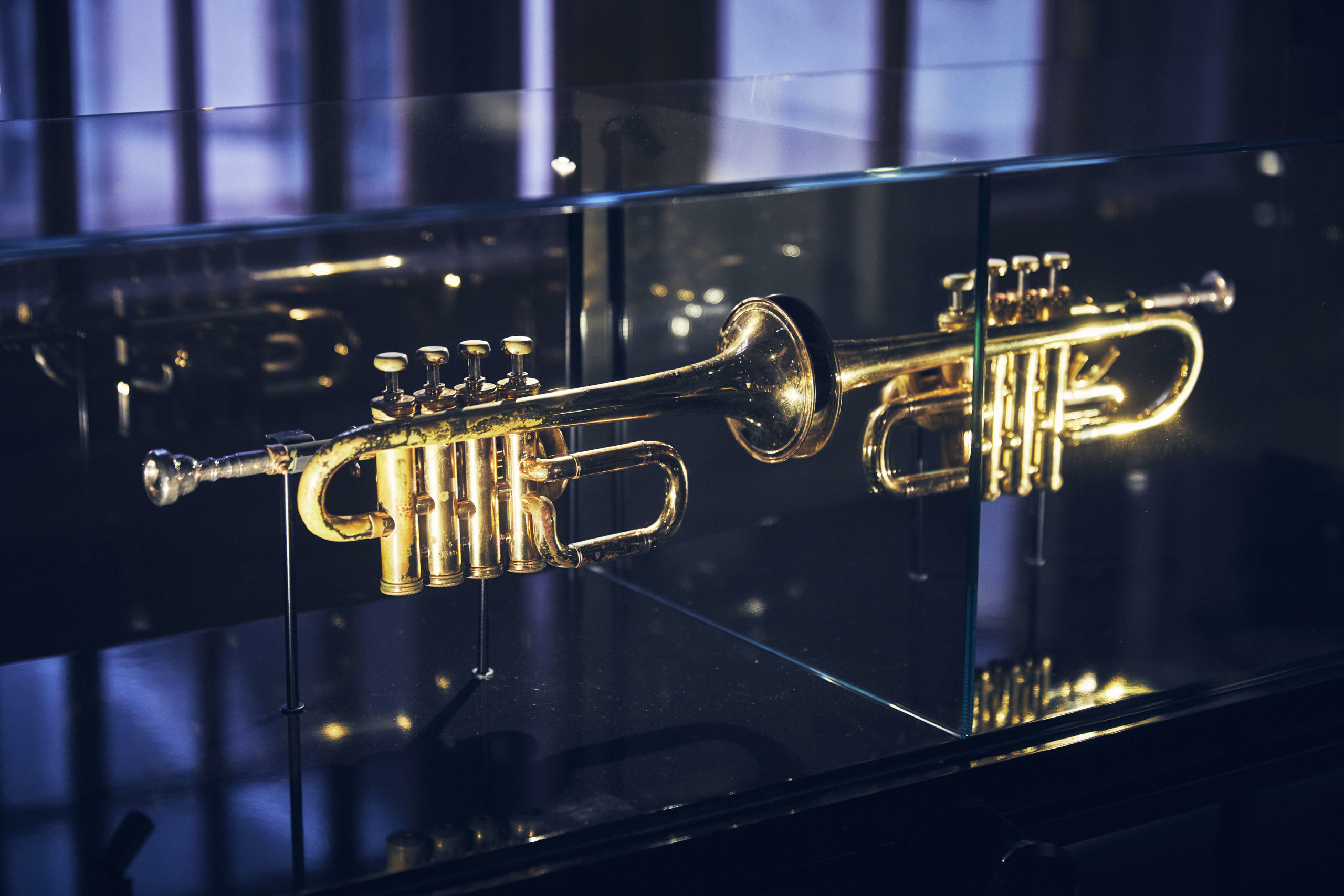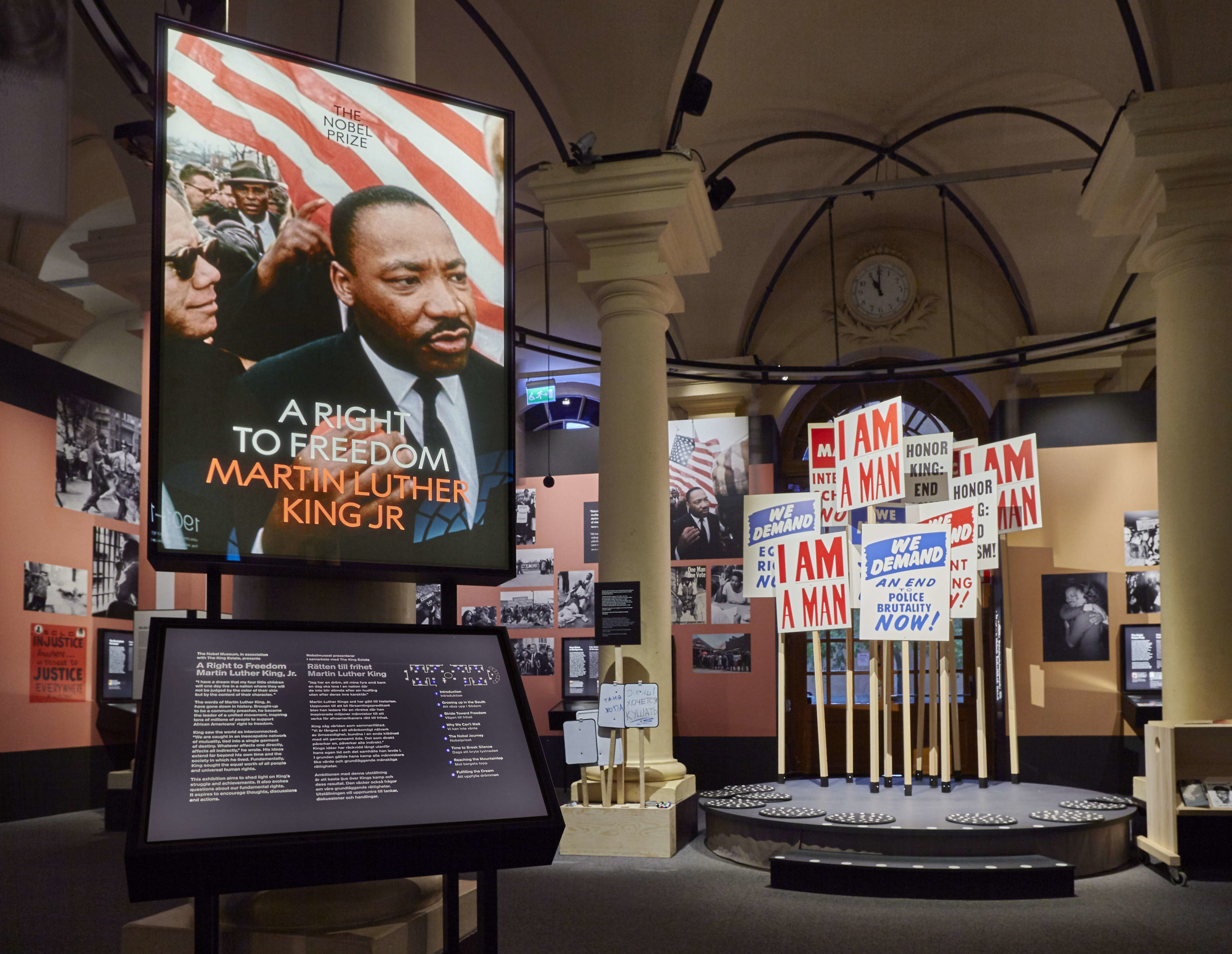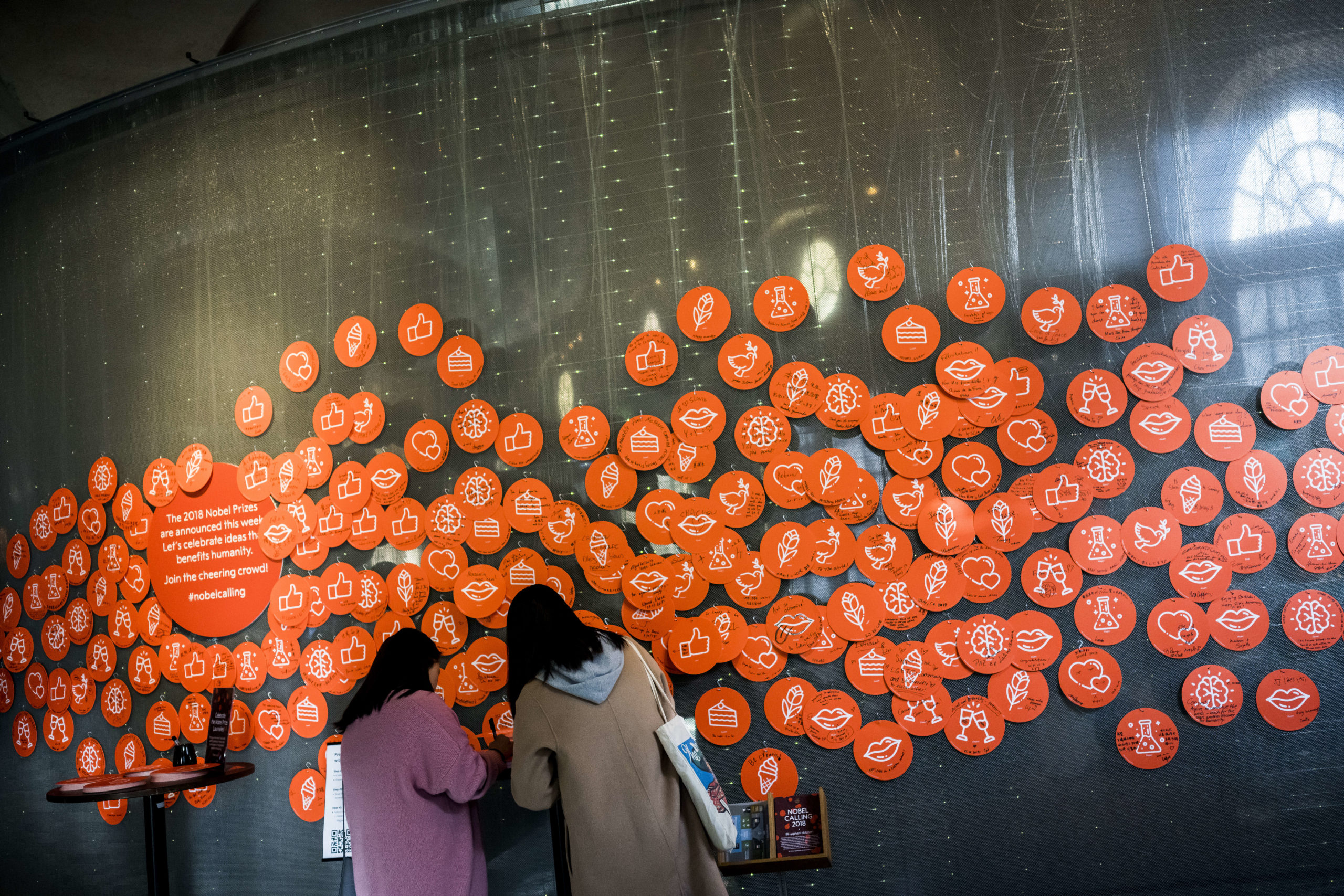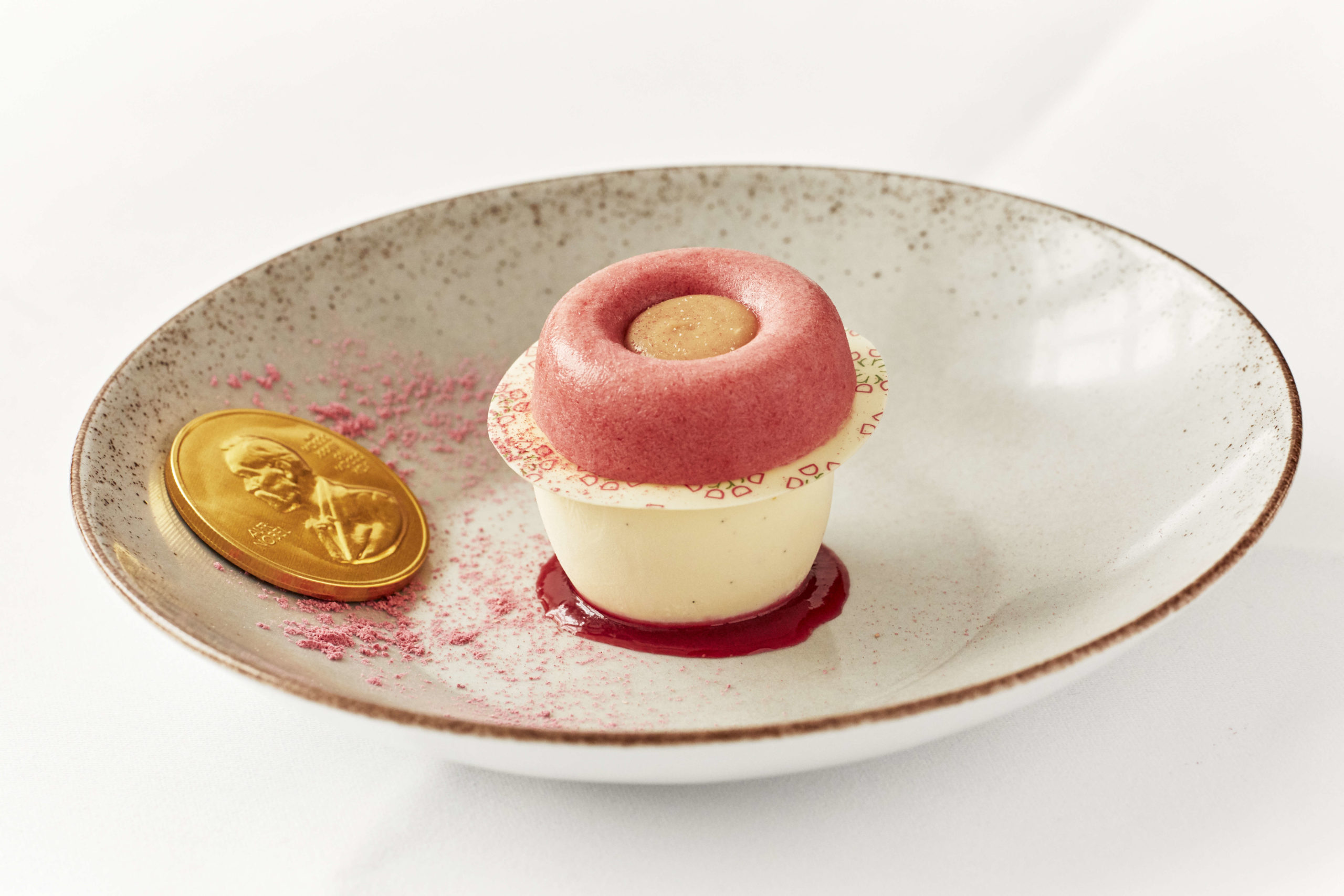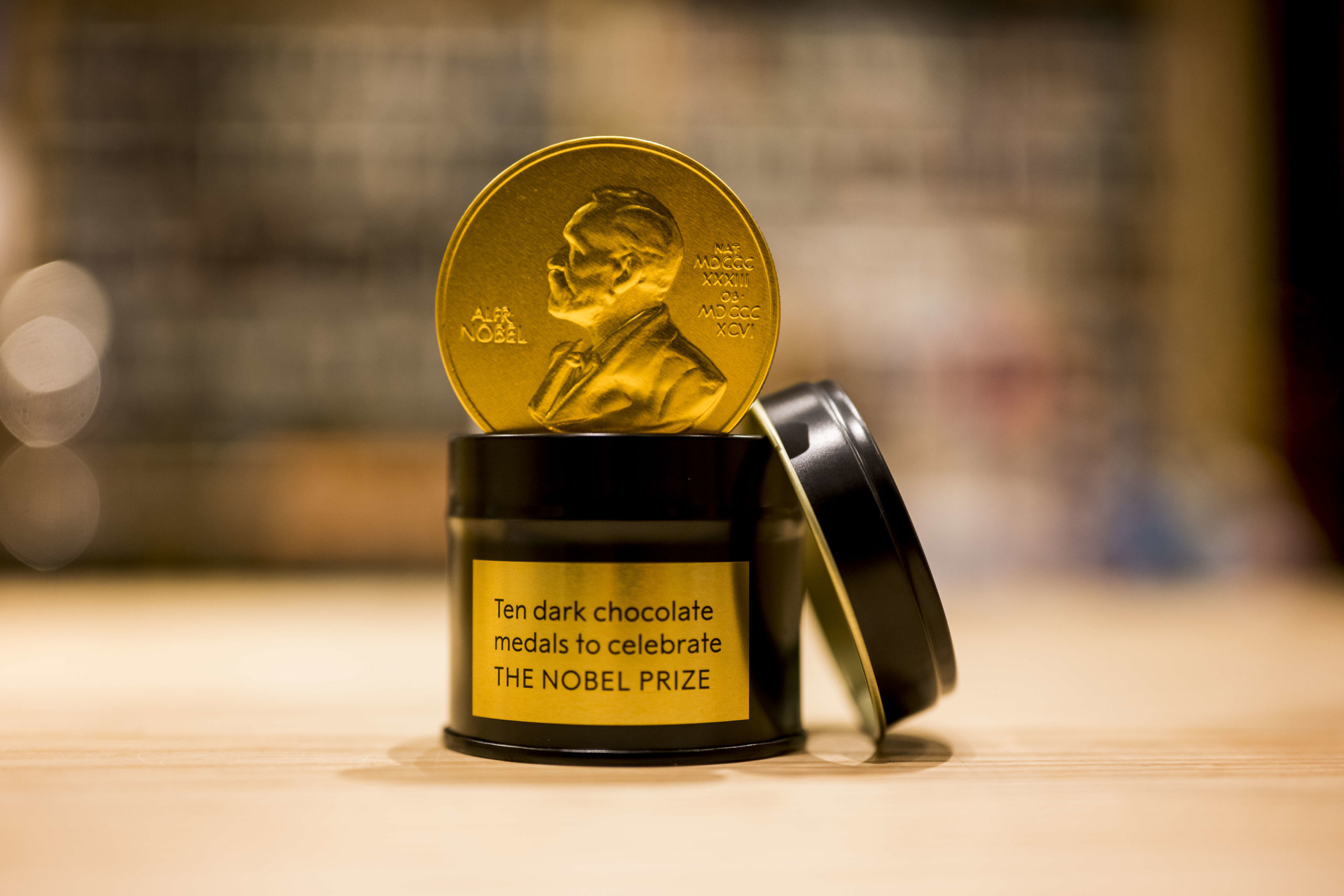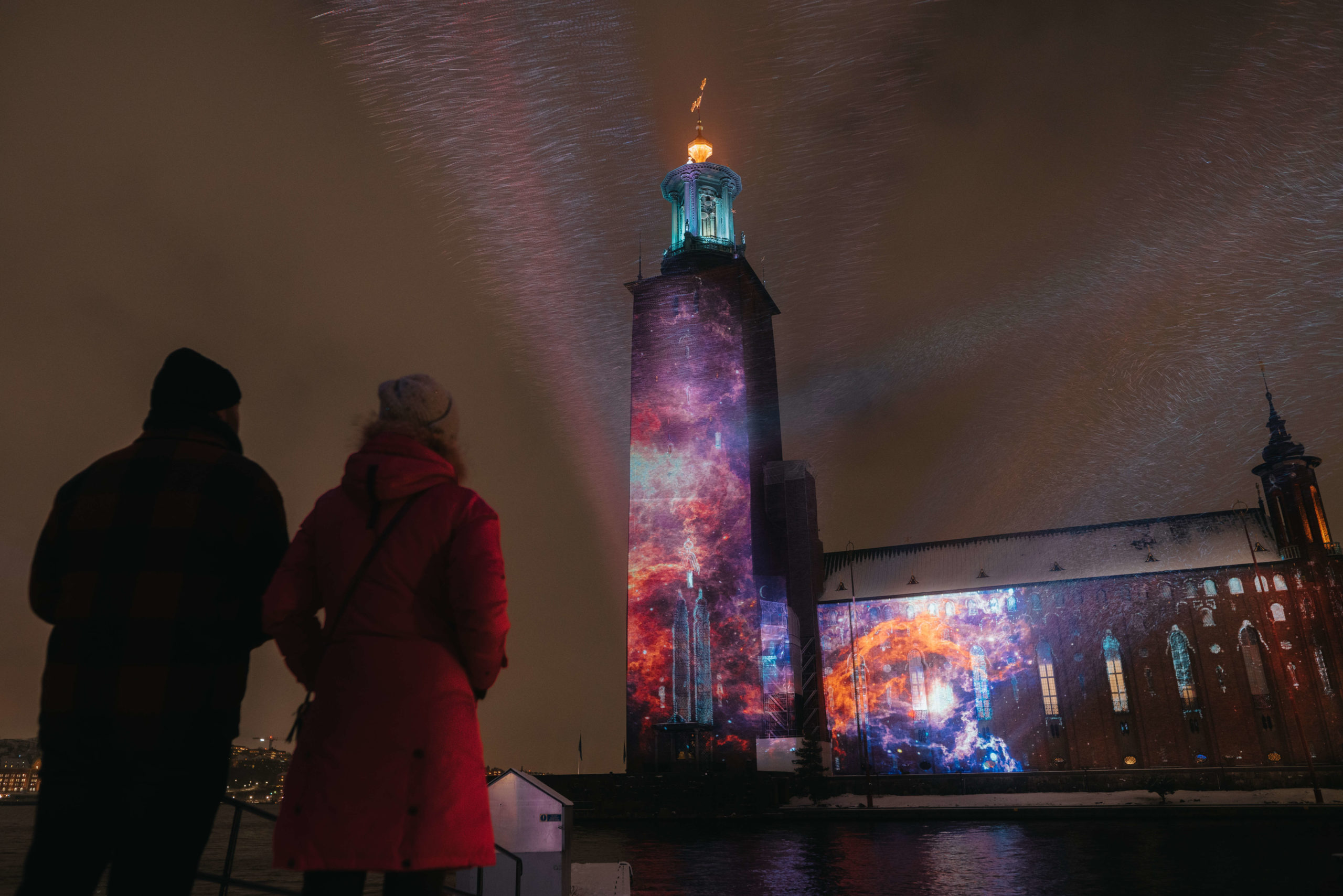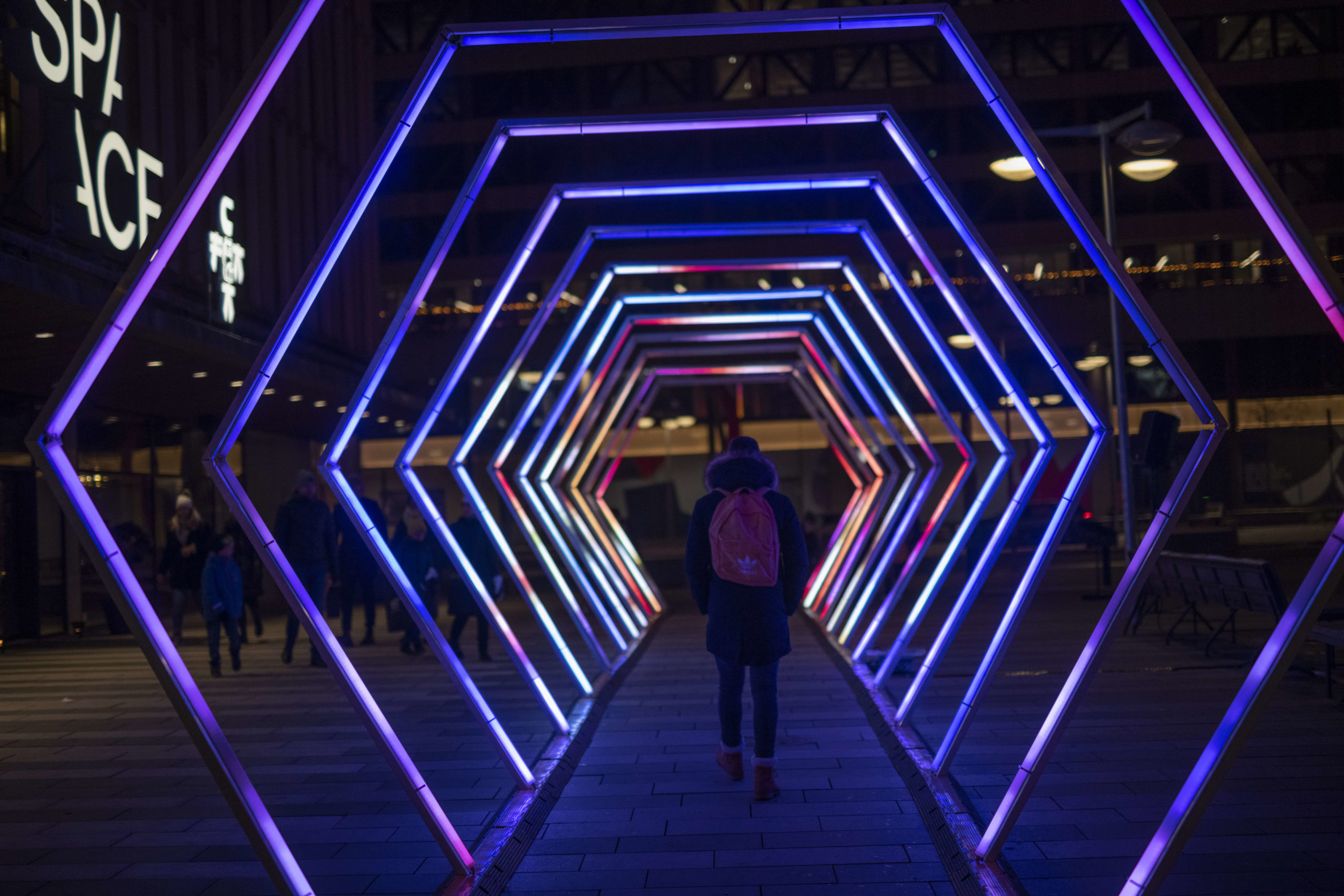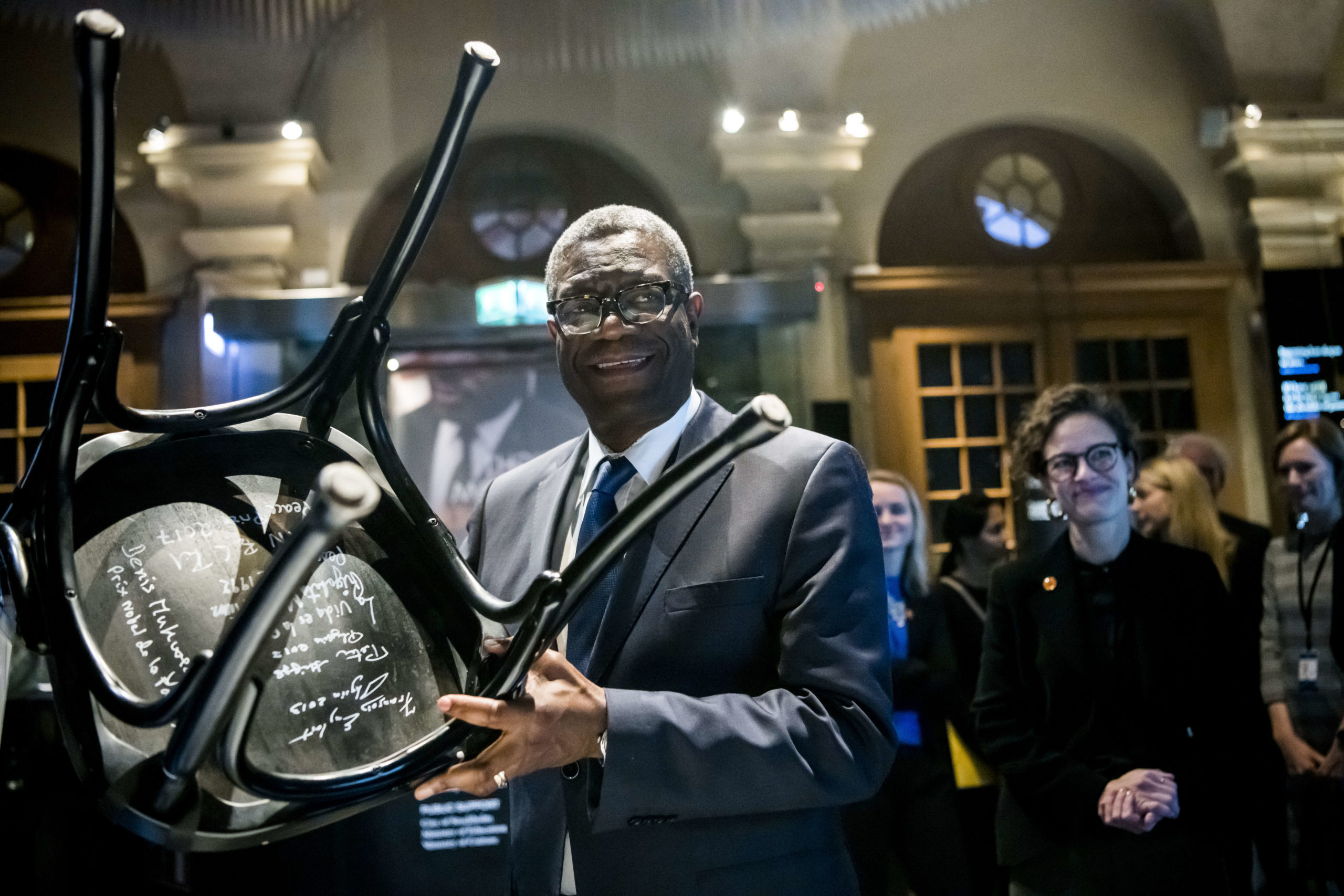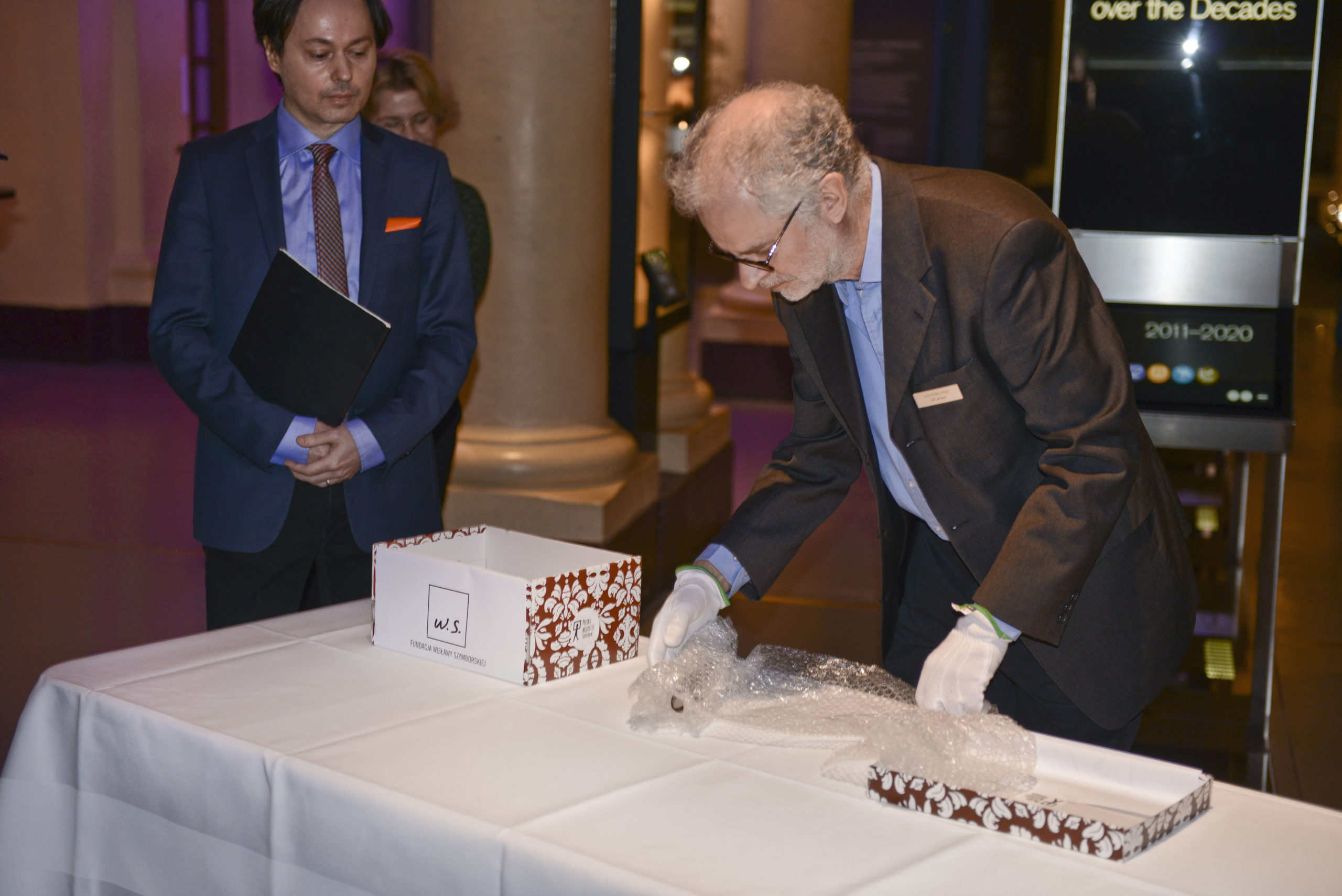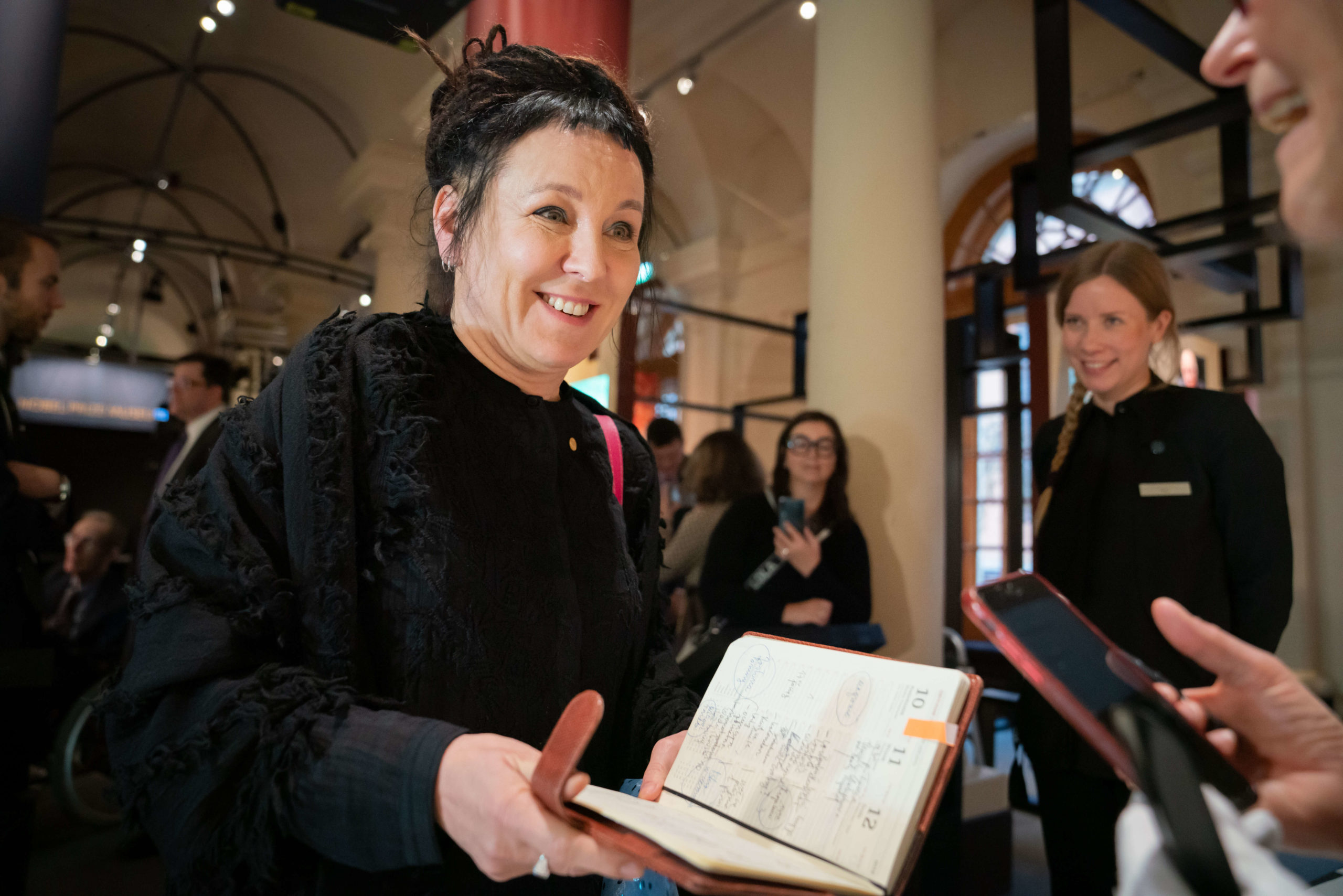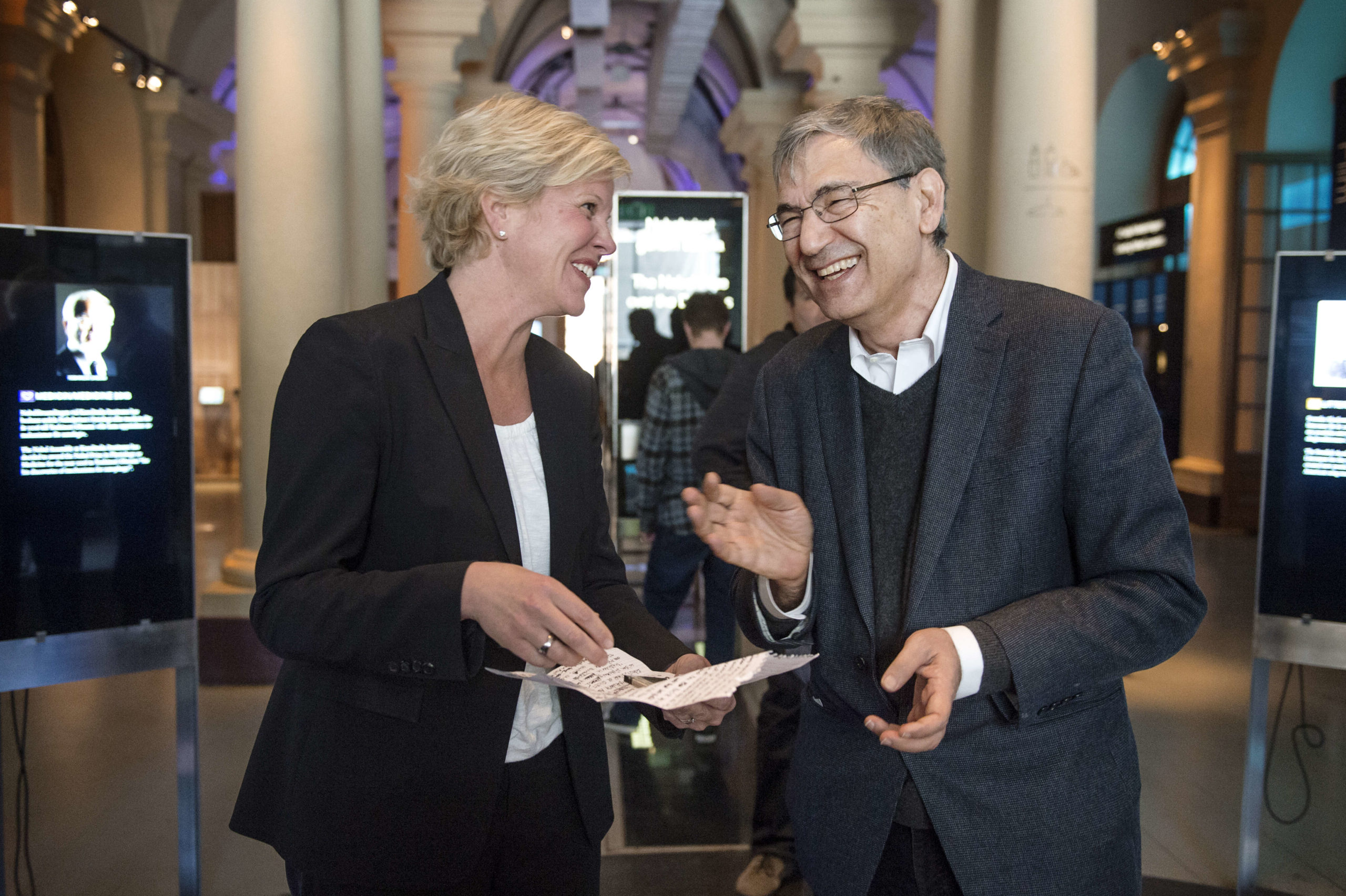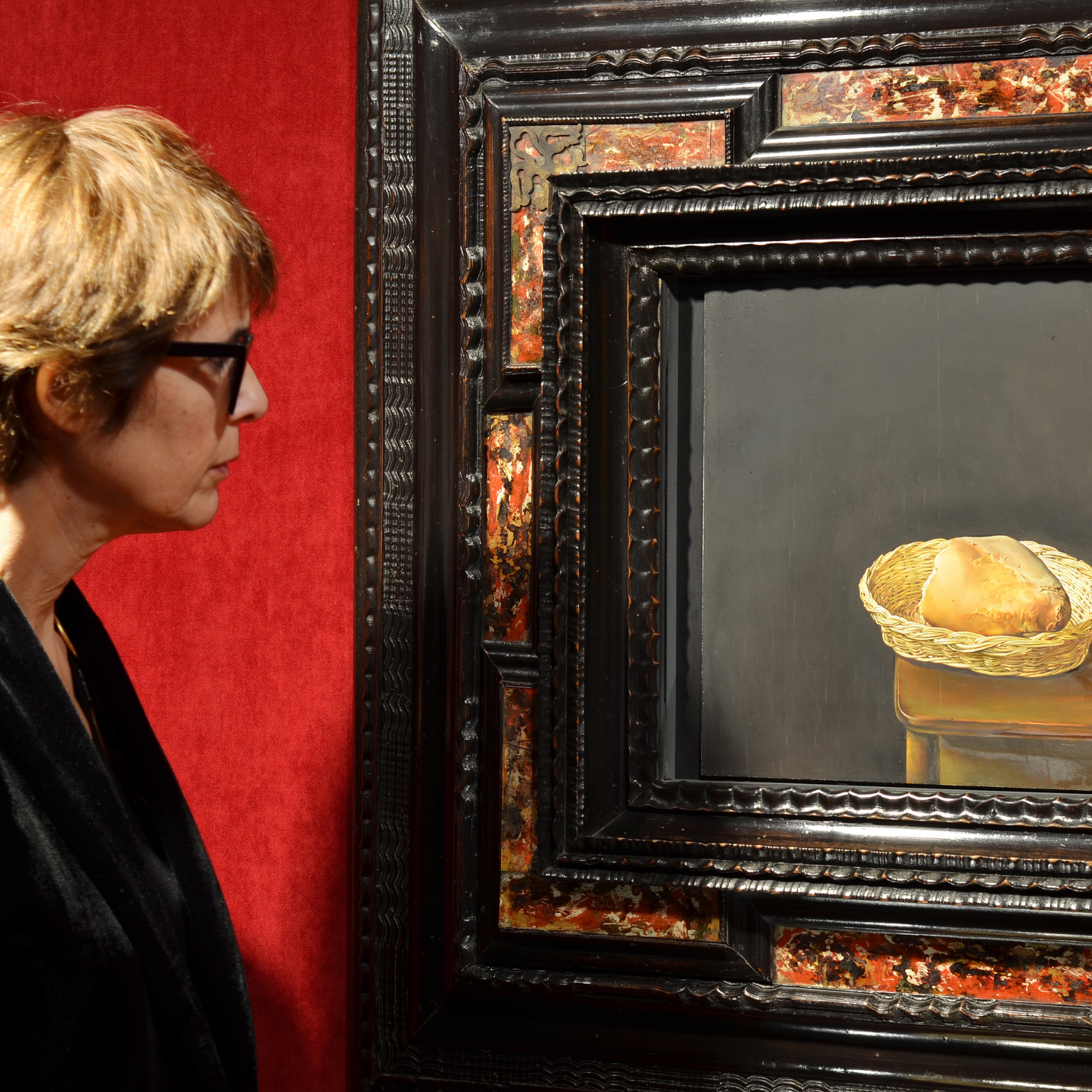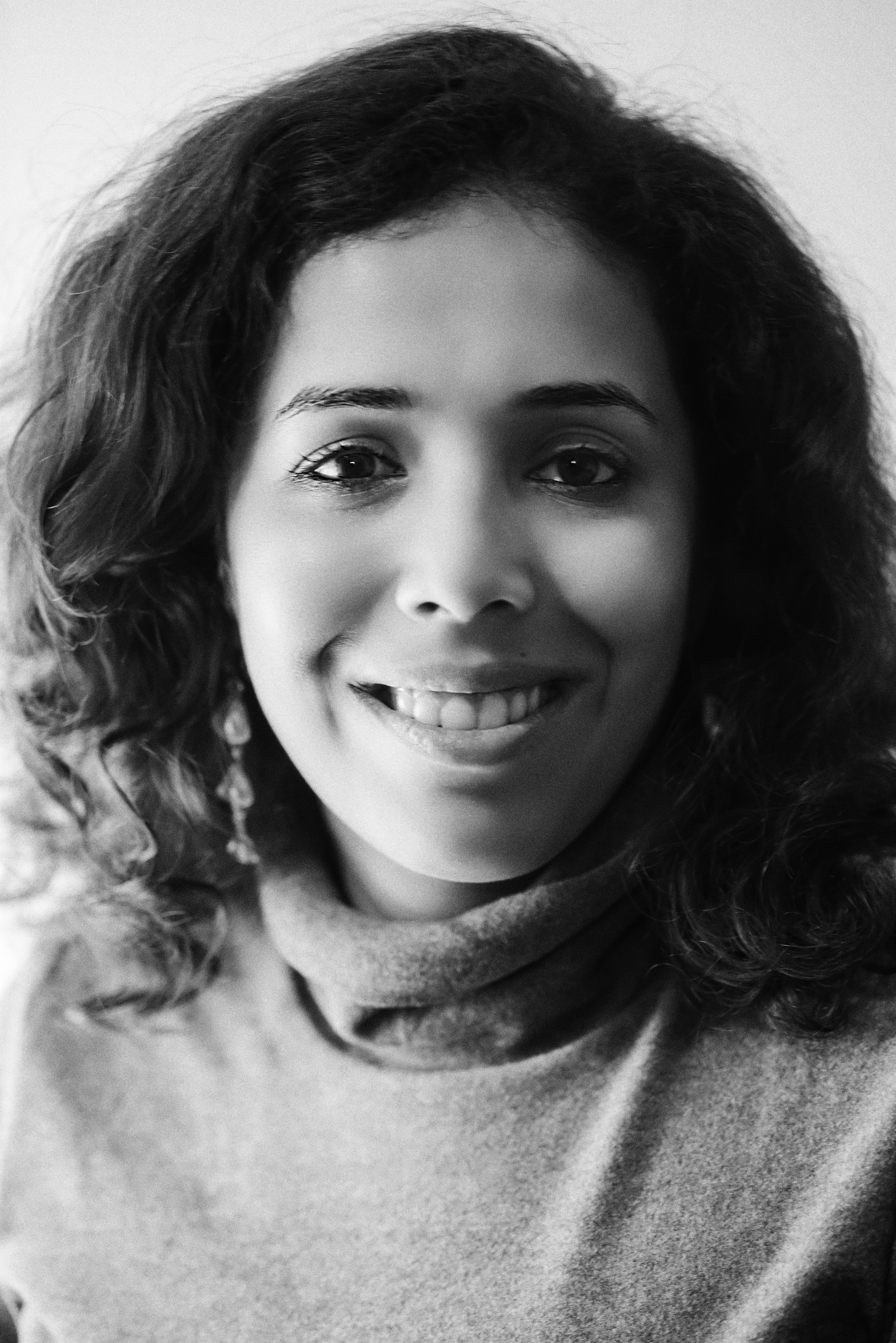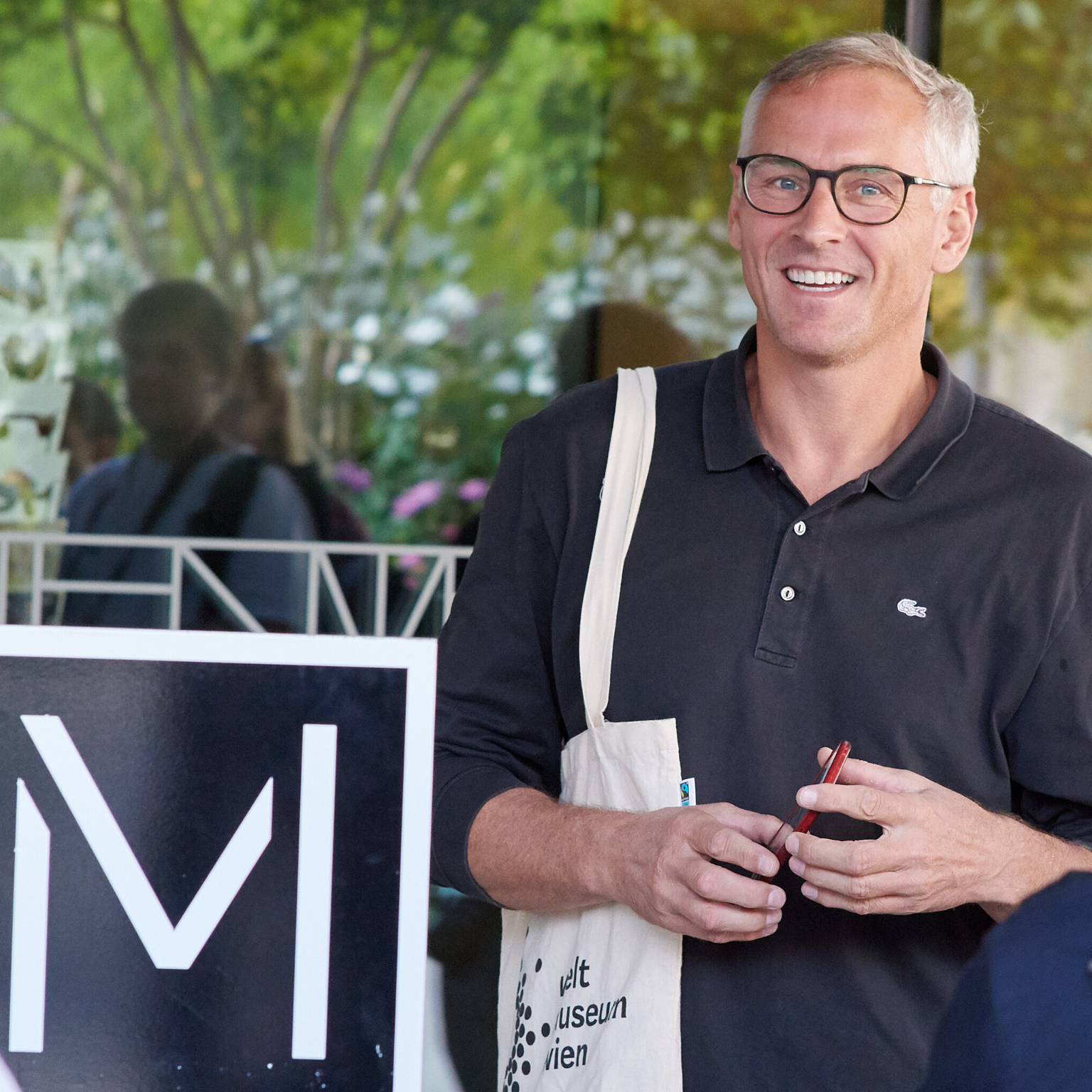Erika Lanner, CEO and Director of the Nobel Prize Museum, Sweden. Photo © Clément Morin
1.What is your museum about and what is your work there?
Our museum is about ideas that have changed the world. By telling the stories of the courage, creativity and perseverance of the Nobel Prize laureates we hope to inspire people and give hope for the future. We say that we are a small museum with vast content.
With installations, video-work, donated objects and in-depth guided tours and programs, our visitors get to meet freedom fighters, writers and scientists who all contributed to the greatest benefit to humankind.
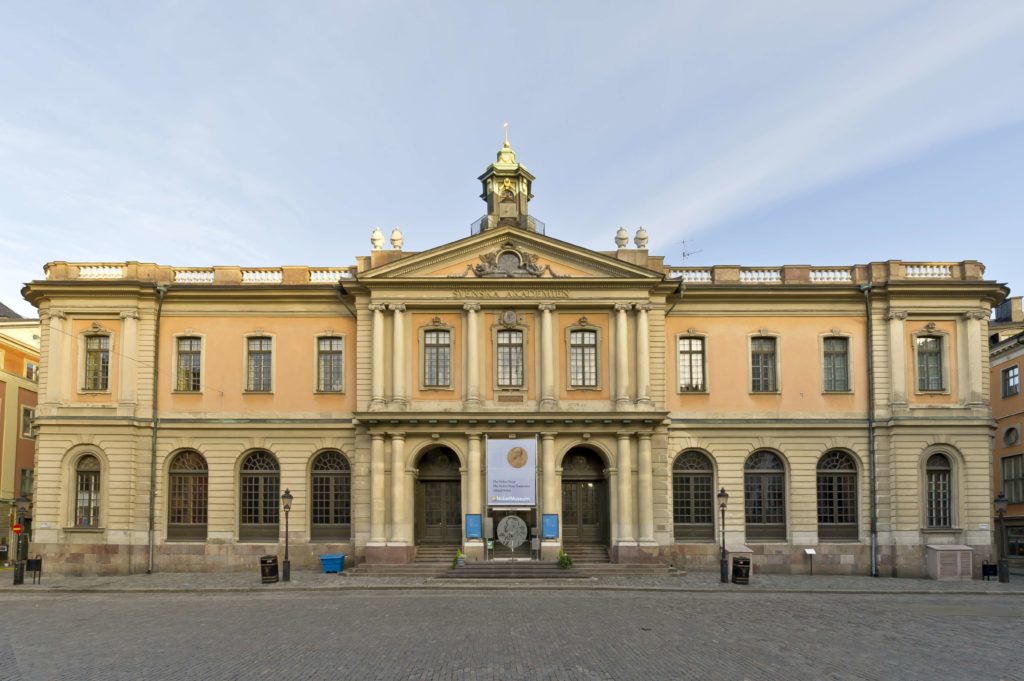
2.What is the impact on your digital activity? Do you have tips to share with your colleagues?
We work on various digital platforms to reach out to our visitors. Like many museums, we put effort on Facebook, Instagram and LinkedIn. In terms of digitally distributed content, one project that has gained a lot of attention is our podcast “Ideas changing the world”.
It has helped us to maintain a relationship with our visitors and reach a new audience, even through the worst phases of the pandemic when the museum was closed. Our Nobel Prize expert Gustav Källstrand meets researchers, authors and other experts in conversations on how groundbreaking, Nobel Prize awarded scientific, literary and peace work has changed the way we perceive ourselves and our world.
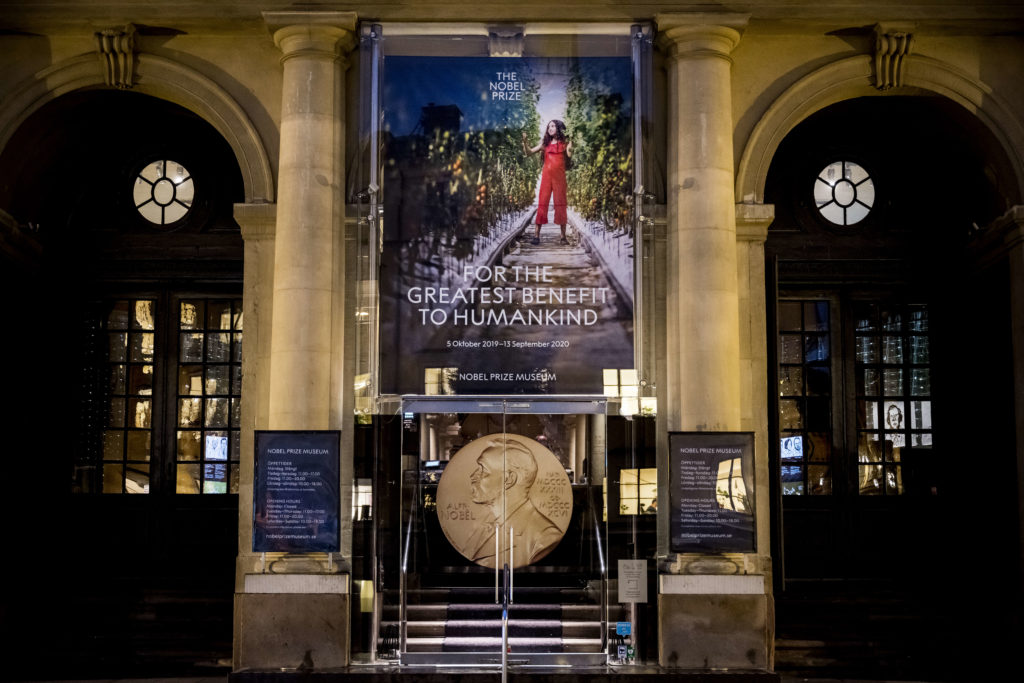
The Nobel Prize Museum main entrance © Nobel Media. Ph. A. Mahmoud 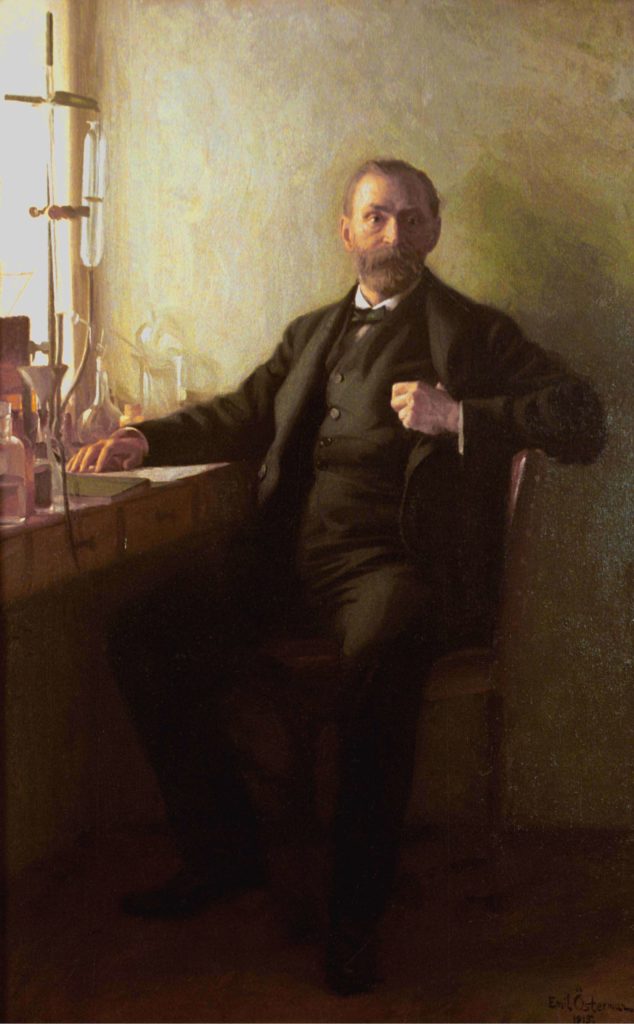
Official portrait of Alfred Nobel by Emil Österman © The Nobel Foundation 
Children at Nobel Prize Museum © Nobel Media. Ph. A. Mahmoud
The podcast has to our great joy in a very short time become very popular and has been nominated to several prizes. Another of our activations that hit a much-desired note in a society under restriction is the Stockholm light festival Nobel Week Lights.
During the Nobel Week in December (a very dark period in Sweden), around 20 iconic buildings and sites were presented with individual, spectacular and artistic light installations all inspired by Nobel Prize awarded work. This project turned out a success in social media with people sharing innumerable creative pictures and inspired material conveying how the project allowed them to experience the city and public spaces in new ways.
3.What advice would you give a visitor to fully discover your museum?
You certainly have an opportunity to bring a lot of knowledge from a visit to our museum. Knowledge both about Alfred Nobel and the history of the Nobel Prize and about the laureates and their achievements.
You may follow how groundbreaking research, literary achievements and courageous peace work have paved the way to human progress over the decades and zoom in on how discoveries such as that of the x-ray, penicillin and insulin have been of importance to humanity and to our lives. Complementing this, you may currently get a good sense of the particularity and history of the Nobel festivities, through our new exhibition on the Nobel Prize Banquet.
I would advise you to take one of our initiated and inspiring guided tours. The tours offer insights that go beyond the displays and may even provide bits and pieces of behind-the-scenes information! An excellent way to get a qualitative experience even if you miss the tours is to use our audio guide on your own cellphone.
To get a complete visitor experience, do stop by our own Nobel Bistro for a lunch, a coffee or even a taste of a classic Nobel banquet ice cream dessert. The museum shop offers an extensive yet selective range of literature, gifts and souvenirs which connects to current exhibitions, the Nobel Prize and Alfred Nobel. Visitors usually love to end their visit with buying their own Nobel Prize chocolate medal!
4.What are the future projects of your museum?
Next year we will open a new exhibition called Life Eternal, a project in cooperation with the famous art gallery Liljevalchs in Stockholm. As a big and bold venture for us, the exhibition will, with the Nobel Prize and the awarded work as its starting point, explore the current and future of human life on earth. Something to really look forward to.
Today we are located at Stortorget in Gamla Stan, Stockholm’s Old Town district. We are, however, planning to create a new and larger home for the Nobel Prize public activities at Slussen, downtown Stockholm. The new location will provide enhanced possibilities to create interesting outreach activities and continue to connect with people all over the world.
Interview by Fabio Pariante, journalist / Twitter – Instagram
MORE
The Nobel Prize Museum on social networks: Instagram – Twitter – Facebook – YouTube
The Nobel Prize Museum is located in Stockholm, Sweden, in Gamla Stan’s Stortorget square, on the ground floor of the old Stock Exchange Building, the same building as the Swedish Academy, the institution in charge of choosing the annual Nobel Prize winners. The name of the award is inspired by the engineer Alfred Nobel who was born in Stockholm (1833–1896) and was among the most innovative in the field of armament and his most famous invention was dynamite.
But when he realized that his inventions could have tragic consequences, Nobel decided to modify his will and donate his earnings to an institution that every year was responsible for rewarding those who would positively contribute to the advancement and development of physics, literature, peace, science, etc. And that’s how the Nobel Prizes were born!
Then the Nobel Museum retraces the main stages in the history of the awards, from the life of its founder to the personal items of some of the best known award-winning personalities and preserves priceless objects including the tools of Marie Curie, one of Fleming’s first penicillin samples. and also a copy of Nobel’s will. Erika Lanner has been director of the Nobel Museum Prize since 2019.
